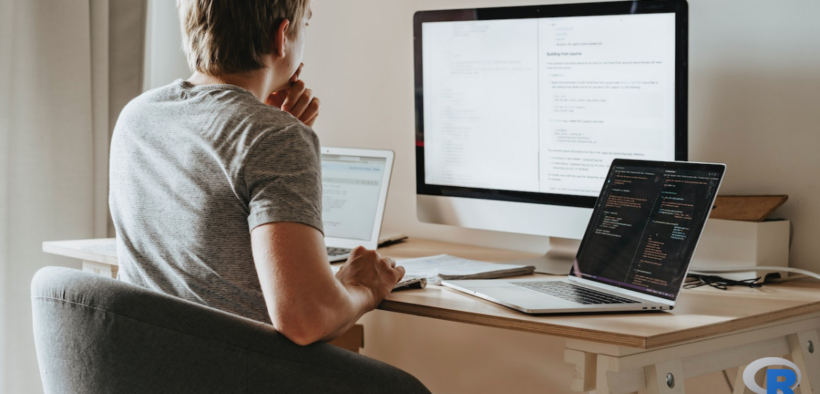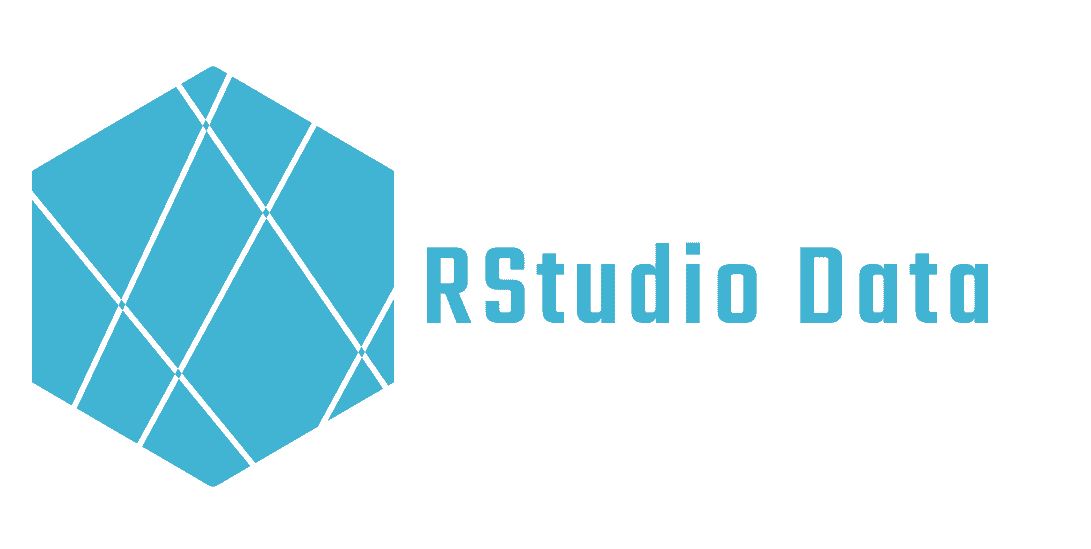Requirements for learning to use R and Rstudio
Share

Learning to use R and RStudio can seem daunting, but with the right background knowledge, it can become an easy and fun task. Before you start, you’re probably wondering what basic knowledge is needed. Do I need previous programming experience? Do I need a strong background in mathematics and statistics? What tools should I use to follow this guide? We’ll answer these questions to help you prepare for the best learning experience with R and RStudio.
What you need to know to learn R
To begin with, the basic knowledge needed to learn R includes computer science, mathematics, and statistics. Although R is a programming language, it is used primarily for data analysis. Therefore, it is important to understand basic computer science concepts, such as variables, loops and conditions. If you don’t have any of these, it will come gradually, no worries.
As for mathematical skills, this depends on what you want to do with R. These are useful for understanding the statistical concepts used in R, such as means, standard deviations and distributions. If you want to tackle aspects of machine learning or linear regression for example, you will need some relatively advanced skills. Don’t panic, you can find plenty of information on the internet to help you improve your skills. If you just want to do visualization and exploration of relatively modest data, mathematics should not be a problem!
Do I need programming experience to learn R?
As far as prior programming experience is concerned, it is not necessary to have any programming experience to follow this guide. However, if you do have programming experience, it will help you understand the basic concepts of R more quickly. It is important to note that R is a different programming language from others, so it is important to take the time to understand the differences and similarities between R and other programming languages.
What tools do I need to use R properly?
To follow this guide, you will need a number of tools. The first and most important is a code editor. RStudio is the most popular code editor for R. You can download it here, otherwise we will explain how to install it in the rest of our guide. You will need, in addition to Rstudio, some packages including ggplot2 which is the reference package for data visualization. Finally, you may need to use the command prompt and github, depending on what you want.
Skills to learn R – in summary
In summary, to learn to use R and RStudio, you need basic knowledge of computer science, mathematics and statistics. You don’t need any prior programming experience, but it can help. You will need to use RStudio, a number of packages and potentially github.
Continue reading the guide
find out how to install R and understand the RStudio interface

